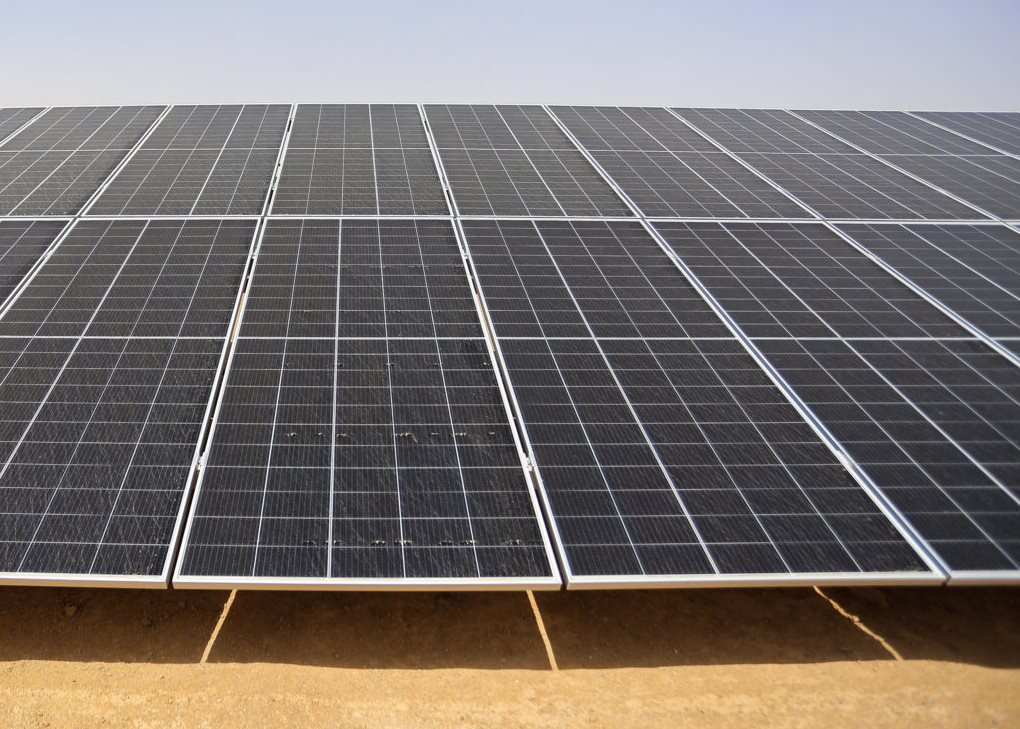Solar farms to be built on 2,178 hectares of national land

TEHRAN - The Head of Iran Small Industries and Industrial Parks Organization (ISIPO) Farshad Moghimi has said that 2,178 hectares of land have been allocated for the construction of solar farms across the country, IRNA reported.
Emphasizing that providing the necessary infrastructure for the construction of solar power plants is a main priority of the ISIPO, Moghimi said: “We are trying to launch two specialized solar parks by the Ten-Day Dawn (February 1-11, which marks the anniversary of the victory of the Islamic Revolution) this year.”
As recently reported, the electricity generated by Iranian renewable power plants in the ninth Iranian calendar month Azar (ended on December 21, 2023) stood at 125 million kilowatt-hours (Kwh).
Electricity generation from renewables in the said month led to economizing on the consumption of natural gas by 34 million cubic meters while saving 28 million liters of water.
It also prevented the emission of 70,000 tons of Green House Gases (GHG).
The development of renewable power plants in Iran has accelerated since the current government administration took office in August 2021.
The Energy Ministry in the 13th government has defined new investment packages and strategies to attract more capital to fund new renewable projects across the country.
According to energy experts, such investment models in the 13th government have been a good incentive for investing in this sector.
The mentioned measures led to the capacity of the country’s renewable power plants reaching 1,085 MW, which is a very good figure.
In last July, Mahmoud Kamani, the head of the country’s Renewable Energy and Energy Efficiency Organization (SATBA), said the capacity of renewable power plants is increasing regularly and daily in the country.
Putting the under-construction power plants into operation will further increase this capacity, Kamani said.
In mid-November, 2023, the spokesperson of the Iranian Energy Ministry’s electricity sector has said that the necessary preparations have been made for the construction of renewable power plants with a total capacity of 6,900 megawatts (MW) across the country.
Mostafa Rajabi-Mashhadi put the current nominal capacity of the country’s renewable power plants at 1,090 MW, saying that the ministry plans to add 5,400 MW to the capacity of the mentioned power plants across the country over the next Iranian calendar year (begins in late March 2024).
Rajabi-Mashhadi, who is the head of Iran Grid Management Company, expressed hope that with the increase in the share of renewable power plants in the country’s electricity network, the use of fossil fuels will decrease in thermal power plants.
In mid-December 2023, the head of SATBA called on the country’s private investors to participate in the construction of 4,500 megawatts (MW) of solar power plants over seven months.
“The construction of 4,500 megawatts of solar power plants can be carried out by investors within seven months because the necessary infrastructure has been provided and the government supports the plan,” Kamani said in a meeting with the private companies active in the energy sector.
Emphasizing that the construction of 11,000 MW of renewable power plants has been put on the agenda for the next two years to solve the problem of fuel and electricity imbalance in the country, he continued: “A special work is being done and the top authorities of the country are collaborating to facilitate the construction of renewable power plants in the country.”
In late November, 2023, SATBA and Iran National Innovation Fund (INIF) signed a memorandum of understanding (MOU) for paying 3 trillion rials (about $6 million) of facilities to small-scale projects in the field of renewable energy.
The MOU was inked by SATBA Head Mahmoud Kamani and INIF Managing Director Mohammad-Sadeq Khayatian in a ceremony at the place of SATBA.
Addressing the signing ceremony, the SATBA head said: “This memorandum aims to grant facilities to small-scale projects in the field of renewable energy, including green electricity supply contracts, industrial self-supply power plants, and renewable power plants in industrial and specialized solar towns in five years.”
EF/MA
